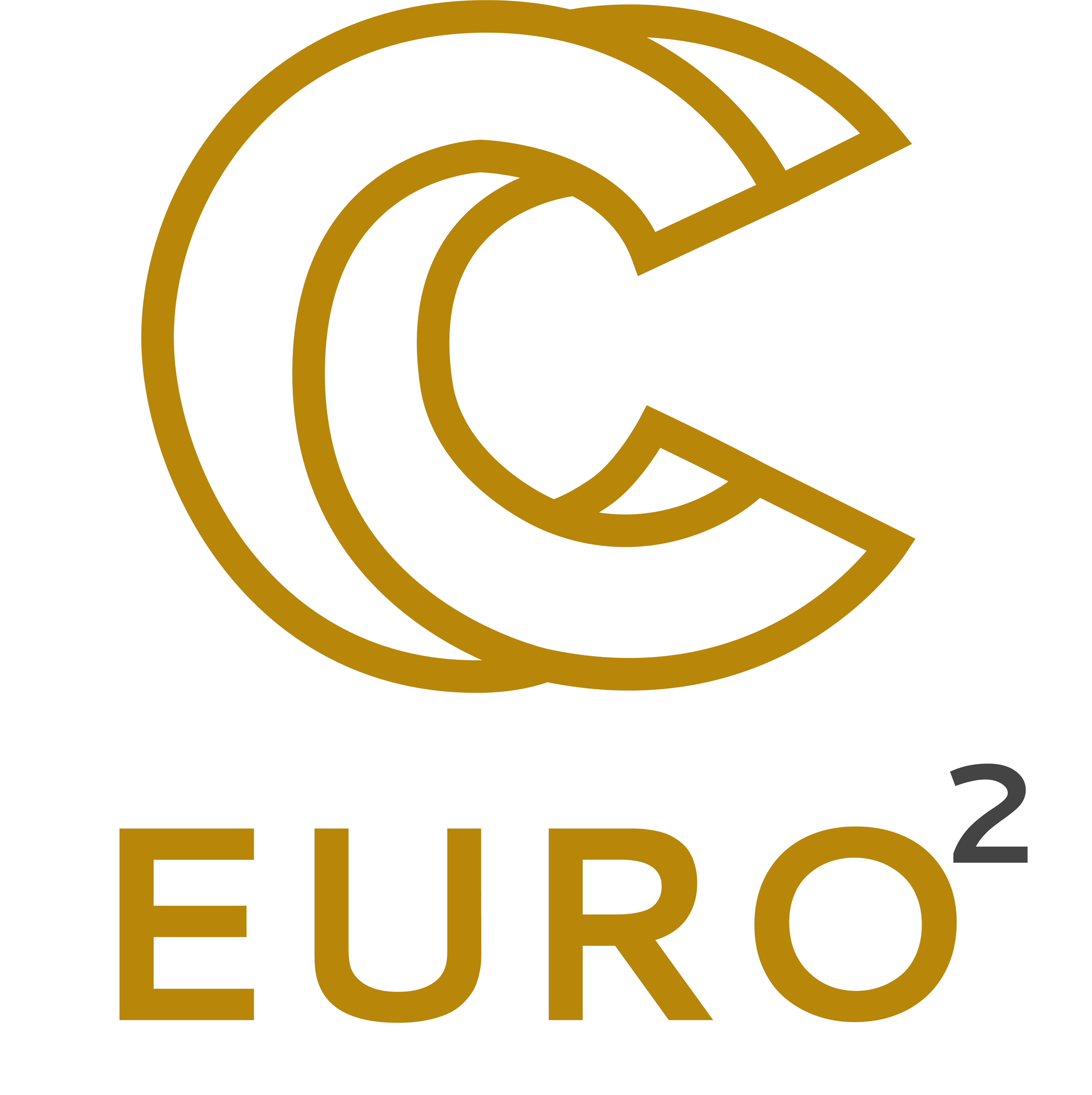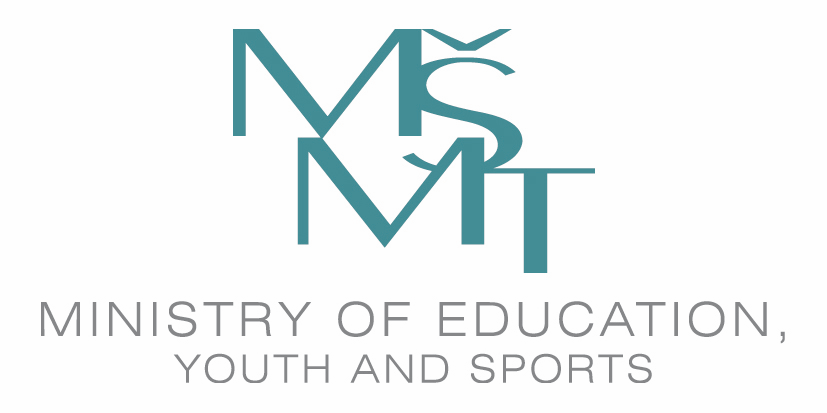[ONLINE] Fundamental Quantum Computing Algorithms and Their Implementation in Qiskit (EuroCC)
ONLINE
Annotation
Quantum computers are based on a completely different principle than classical computers. The aim of this course is to explain this difference by showing how basic quantum computing algorithms work in practice. It is focused on the theoretical foundations, mathematical description, and practical testing of the resulting quantum circuits on real quantum computers and their simulators in the Qiskit environment.
As this field has been undergoing hectic progress recently, new research results are constantly being published. It is impossible to cover all these new developments in a short-term course, so this course contains just the fundamentals.
On the first day, there will be a brief introduction and clarification of quantum entanglement along with examples of its applications (e.g. quantum teleportation).
The second day will include an explanation of the principle of quantum superposition and its implementation in several quantum algorithms (Bernstein-Vazirani, Deutsch-Jozsa, Simon's, and Grover's).
Finally, on the third day, the quantum Fourier transform and practical examples of its use will be presented (quantum phase estimation, Shor's algorithm).
Benefits for the attendees, what will they learn
By the end of this course, participants should understand:
- Why quantum computers can solve the problem of exponential complexity in less than exponential time.
- The difference between quantum natural parallelism and parallel programming on HPC.
- How to create different kinds of quantum entanglement of two or more qubits.
- What the principle of quantum teleportation is based on.
- What are the advantages of quantum teleportation in terms of data transmission security.
- What the quantum superposition is and how it is used by particular algorithms.
- What the quantum Fourier transform can be used for.
- How to mathematically derive quantum states anywhere in a quantum circuit and thus theoretically verify its functionality.
- How to design a specific quantum circuit based on a quantum algorithm.
- How to test a quantum circuit on a quantum computer or simulator in the Qiskit environment.
Level
beginner, intermediate
Language
English
Prerequisites
Basic knowledge of linear algebra, complex numbers, Python programming basics, Qiskit account, and (last but not least) a great imagination, because in the quantum world, many things are very different.
Tutor
Jiří Tomčala is a researcher at IT4Innovations National Supercomputing Center. He graduated with a degree in Applied Mathematics in 2016 and earned his Ph.D. in Computer Science in 2021. In the years 2021 and 2022, he received two times the Certificate of Quantum Excellence from IBM Quantum and participated as a mentor for quantum computing projects in the PRACE Summer of HPC 2021 and 2022. He is an active researcher in the field of quantum computing and regularly contributes his latest results to scientific conferences.
Acknowledgments

This project has received funding from the European High-Performance Computing Joint Undertaking (JU) under grant agreement No 101101903. The JU receives support from the Digital Europe Programme and Germany, Bulgaria, Austria, Croatia, Cyprus, Czech Republic, Denmark, Estonia, Finland, Greece, Hungary, Ireland, Italy, Lithuania, Latvia, Poland, Portugal, Romania, Slovenia, Spain, Sweden, France, Netherlands, Belgium, Luxembourg, Slovakia, Norway, Türkiye, Republic of North Macedonia, Iceland, Montenegro, Serbia. This project has received funding from the Ministry of Education, Youth and Sports of the Czech Republic.


This course was supported by the Ministry of Education, Youth and Sports of the Czech Republic through the e-INFRA CZ (ID:90254).
